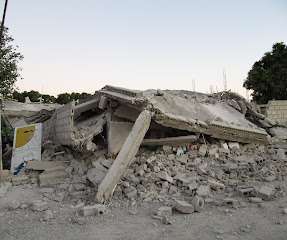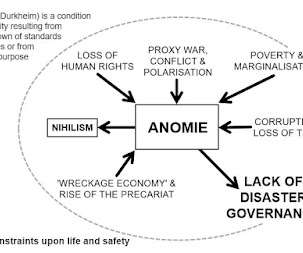Book Review: Case Studies in Disaster Recovery
Recovery Diva
APRIL 12, 2023
This way the reader is given a roadmap to pick and choose from, if they wish so, the case studies written by various authors whose chapters span a wide variety of hazards as well as geographical and sociological settings all of which delve into a chosen aspect of disaster recovery towards building resiliency.












Let's personalize your content